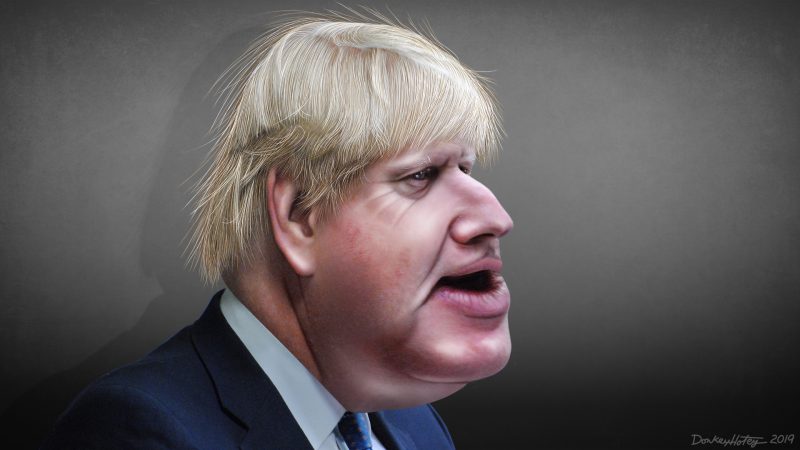Back in May I noted that despite Boris Johnson’s commanding majority in Parliament, the broad odds on him fighting the next election were mixed. To quote myself:
To conclude, I’d say there were 39 opportunities for sitting prime ministers to contest another general election, and in 26 of these cases the sitting prime minister did contest the next election. This gives us a base rate of 66.7%, or two-thirds.
In other words, any sitting prime minister will only fight the next general election two times out of three. This is without accounting for any of the specific conditions around Johnson, such as how he has governed, what external crises he is facing, and whether his colleagues in Westminster like him.
Much has happened since my post in May. Johnson’s chief advisor Dominic Cummings has made an abrupt exit from Downing Street following a power struggle. Britain has fared among the worst of any developed nation in dealing with the Covid-19 pandemic. And reports of Johnson’s unpopularity within his own party have continued to be published.
The main risk for Johnson is that his parliamentary colleagues decide that a new leader will have a better chance of winning the next general election than he does. As I said on the last podcast, Johnson was a risky candidate for a risky election at the height of uncertainty around Britain’s exit from the European Union. The Tories may conclude a more conventional leader is a safer bet.
Johnson has long been described as ‘unclubable’ as a politician, meaning that he lacks a strong clique of supporters. This trend has solidified during his time in office, with even his allies on the Brexit question turning into opponents on the issue of lockdown, according to the Spectator’s Isabel Hardman. The expulsion of Vote Leave personnel like Cummings from Downing Street adds to the prime minister’s isolation.
In polling terms Johnson is also struggling. Politico’s poll of polls shows that Labour has drawn level with the Conservatives with around 40% of the voting intention, while the prime minister’s approval ratings have slumped with around 58% disapproving and 42% approving of his leadership.
Martin Baxter of Electoral Calculus has a middle prediction of Tory seats at the next general election at 303 at the time of writing, compared to Labour’s 260. Odds of a Labour minority government are put at 40% and a Labour majority at 13%, with a Tory majority at 32%.
Polls are far from perfect predictors of election results, but much like stock market tickers they are hard for people to ignore when assessing performance. The current trends will look unnervingly similar to Theresa May’s numbers on the eve of the general election in 2017 which produced a hung parliament.
My interpretation is that all the above makes it more likely that Johnson will be replaced before the next general election than our base rate, although I think it remains more likely than not that he will contest it. In the next post I’ll consider how to quantify this.
Image credit: Boris Johnson, October 2019 by DonkeyHotey
